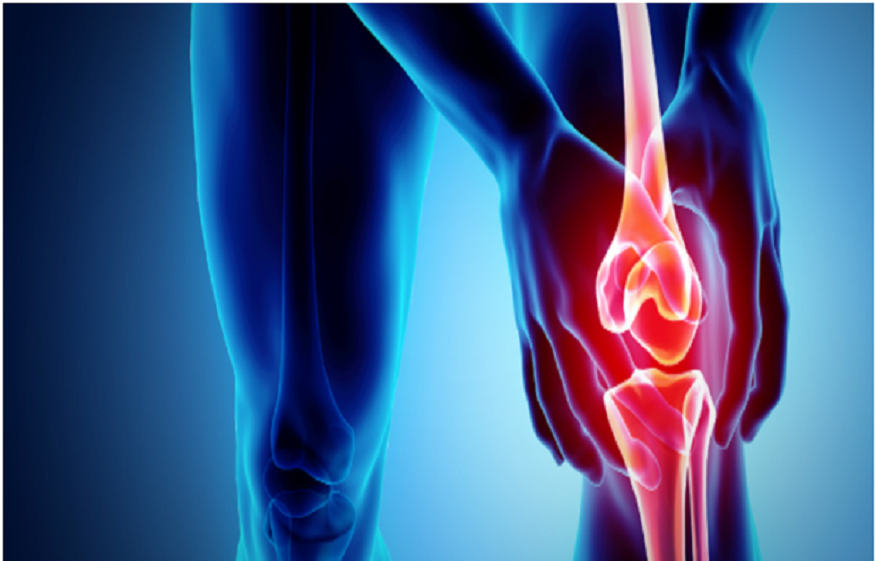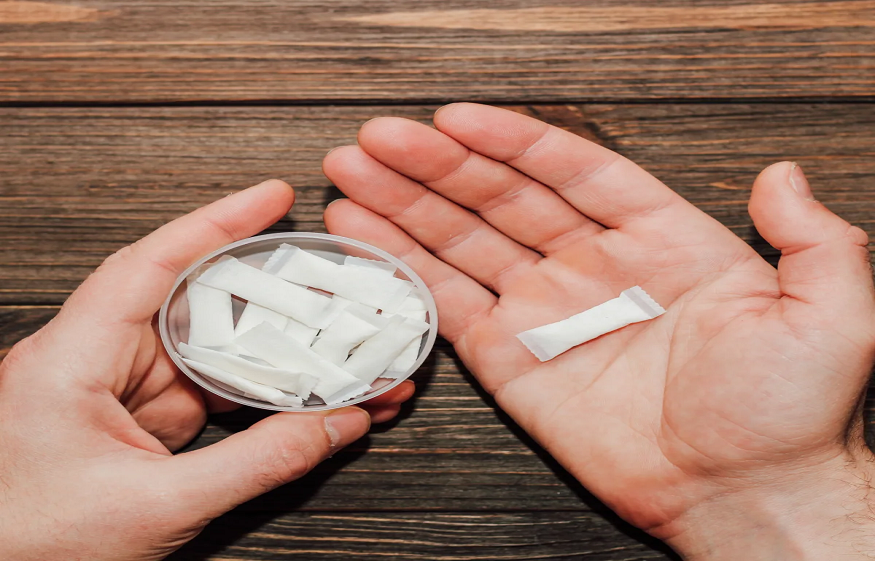Regenerative Medicine Therapies that Can Remedy Joint Pain
While the body’s joints are strong, resilient, and complicated, they’re also prone to injury and chronic pain. In addition, the complexity of the joints makes them uniquely challenging to treat, especially when they’re subject to degenerative conditions such as osteoarthritis.
New developments in regenerative medicine, also known as stem cell therapy, are allowing many patients to find relief from joint pain and restore function and range of motion to painful joints.
What Is Regenerative Medicine?
Regenerative medicine takes a different approach to healing patients from traditional medicine. Instead of treatments that focus on pain relief or symptom control, regenerative medicine focuses on the root cause of the problem, aiming to fix the origin of symptoms or pain.
It does this by using the body’s cells and natural healing processes to replace, regenerate or repair health concerns. While regenerative medicine is still an emerging field, the potential of this methodology offers new hope to many patients fighting conditions.
How Can Regenerative Medicine Treat Joint Pain?
While regenerative medicine isn’t a brand-new field, some treatments are just now becoming widely available. Patients suffering from joint pain, in particular, see many benefits from regenerative medicine’s cellular therapy treatments for repairing damaged tissue.
Now, regenerative medicine treatments like stem cell therapy and platelet-rich plasma (PRP) serve as new options in treating joint pain and accelerating healing.
Stem Cell Therapy
Stem cells are the only cells in the body that can differentiate into specialized cells. When stem cells divide, they can either create more stem cells (these are called “daughter cells”) or differentiate into specialized cells that the body needs to repair or replace damaged cells.
Scientists discovered that they could extract stem cells from patients. They can then concentrate those stem cells and administer them into targeted joints where the cartilage or ligaments are deteriorating. The stem cells transform into the specialized cells nearby to repair or regenerate those tissues.
Platelet-Rich Plasma (PRP)
PRP therapy starts with a small sample of blood. This sample is taken from a patient, then placed in a centrifuge to isolate the platelets from the other blood components, like red and white blood cells. Platelets hold the blood’s growth factors, which play a critical part in the body’s healing process.
Once the platelets are concentrated in the blood’s plasma, doctors inject the PRP into the painful joint to accelerate healing in tendons, ligaments, and muscles. PRP therapy is an established technique with over 30 years of use in accelerating the healing process and is now becoming a management therapy option for conditions like osteoarthritis.
Patients looking for treatments to help manage their joint pain and help accelerate their healing after an injury or surgery have more options with new studies confirming the safety and effectiveness of regenerative medicine.
This post was written by a medical professional at Stemedix Inc. At Stemedix we provide access to Regenerative Medicine for the joints, also known as stem cell therapy for joints! Regenerative medicine has the natural potential to help improve symptoms sometimes lost from the progression of many conditions.



